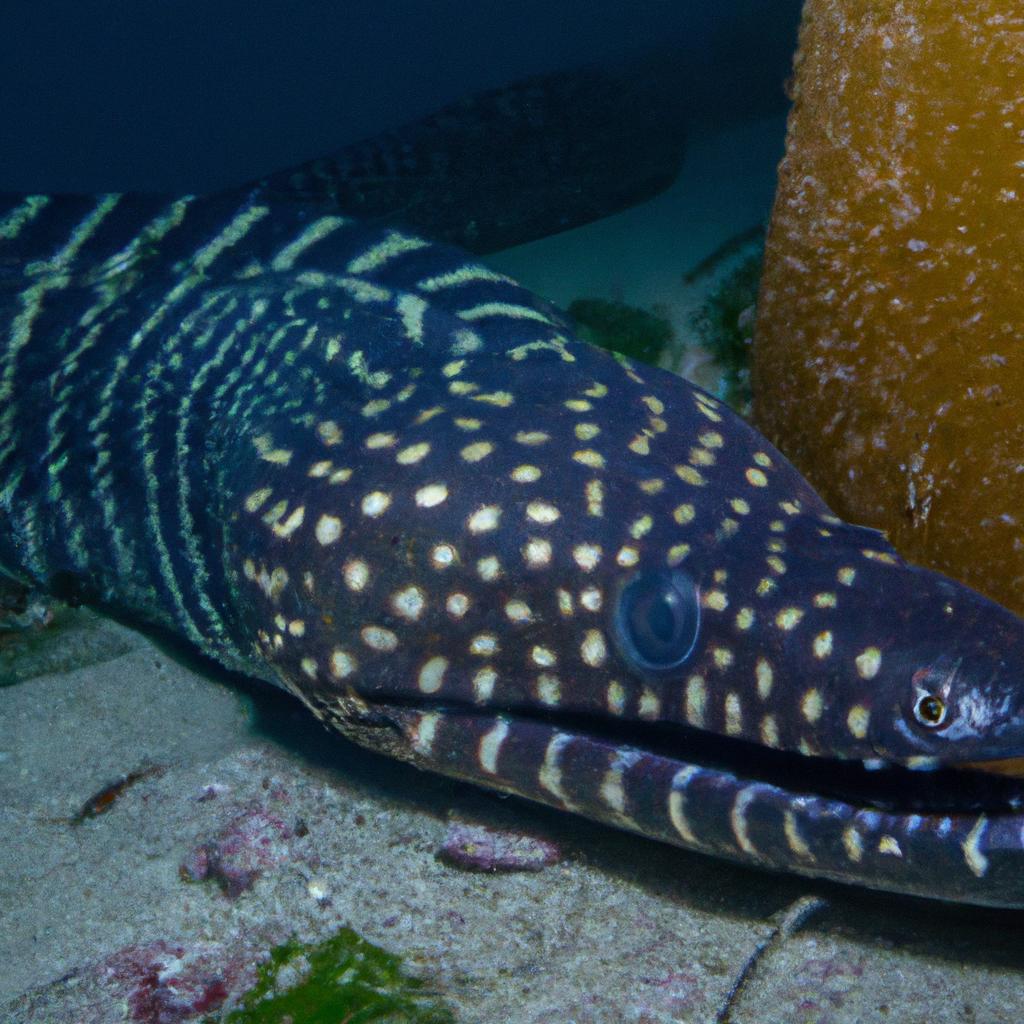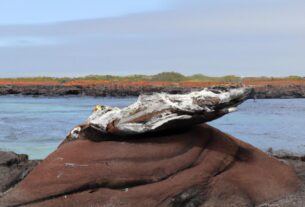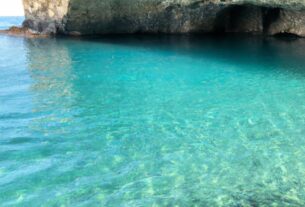Discover the mysterious world of giant sea snakes! Learn about their physical characteristics, behavior, habitat, and conservation status in this informative article.
Giant sea snakes have always fascinated us with their unique adaptations and mysterious nature. These venomous creatures, belonging to the family of sea snakes, have captured the attention of marine biologists and researchers for centuries. Not only do they play a vital role in maintaining the balance of the ocean’s food chain, but they could also hold the key to developing new medicines and treatments for various diseases. Join us as we explore the physical characteristics, habitat, behavior, and threats facing giant sea snakes, and discover the importance of protecting these remarkable creatures.
Physical Characteristics of Giant Sea Snakes
With their long, slender bodies and powerful muscles, giant sea snakes are perfectly suited for life underwater. Their hydrodynamic body shape and flattened tail enable efficient swimming. These snakes also possess a paddle-like tail that acts as a rudder, aiding their maneuverability in the water. With forked tongues and specialized eyes for underwater vision, they can sense and thrive in their surroundings.
What makes giant sea snakes truly unique is their respiratory system. Unlike other snakes, they possess a single elongated lung with a large surface area, allowing them to extract oxygen from the water. This adaptation reduces their need to surface for air, conserving energy for their underwater life.
Unique Adaptations for Underwater Life
Giant sea snakes have developed several remarkable adaptations that enhance their survival in water. Their highly flexible bodies enable effortless movement through the water, while their impermeable skin layer helps maintain buoyancy and increases swimming efficiency. Additionally, they possess specialized glands that allow them to excrete excess salt, ensuring a healthy balance of electrolytes in their saltwater environment.
Size Variations Among Species
There are over 60 species of sea snakes, varying in size from small to large. The leaf-scaled sea snake is the smallest, measuring around 20 inches in length, while the hydrophis spiralis can grow up to 10 feet long. Factors such as species, habitat, and diet determine their size.
Habitat and Distribution
Giant sea snakes predominantly inhabit the warm waters of the Indian and Pacific Oceans. Coastal regions of Southeast Asia, the Coral Triangle, and Northern Australia are their common habitats. Some species are also found in the Red Sea, the Persian Gulf, and the eastern coast of Africa.
These creatures prefer shallow waters, such as coral reefs, lagoons, and estuaries, where their prey can be found. With their exceptional swimming abilities, they can dive up to 100 meters in search of food.
Threats and Conservation Status
Human activities pose significant threats to giant sea snakes. The destruction of their habitat due to coastal development, oil exploration, and sand mining leads to a decline in food availability and nesting sites. Overfishing further exacerbates their situation, reducing the population of venomous fish that serve as their primary food source. Pollution, especially from oil spills and plastic waste, also poses a severe threat to these creatures, affecting their health and survival.
To ensure the survival of giant sea snakes, conservation efforts must focus on protecting their habitat. Creating marine reserves and protected areas can help mitigate the impact of human activities. Raising public awareness about the dangers of pollution and the importance of proper waste disposal is also crucial.
Conclusion
Giant sea snakes, with their captivating adaptations and vital role in maintaining oceanic balance, deserve our protection and admiration. As we explore the depths of our oceans, it is our responsibility to preserve the natural habitats of these magnificent creatures. At TooLacks, we strive to raise awareness about the importance of protecting our planet and its inhabitants. Together, let’s cherish and safeguard the world we call home.
If you want to learn more about giant sea snakes and their fascinating world, visit TooLacks.



